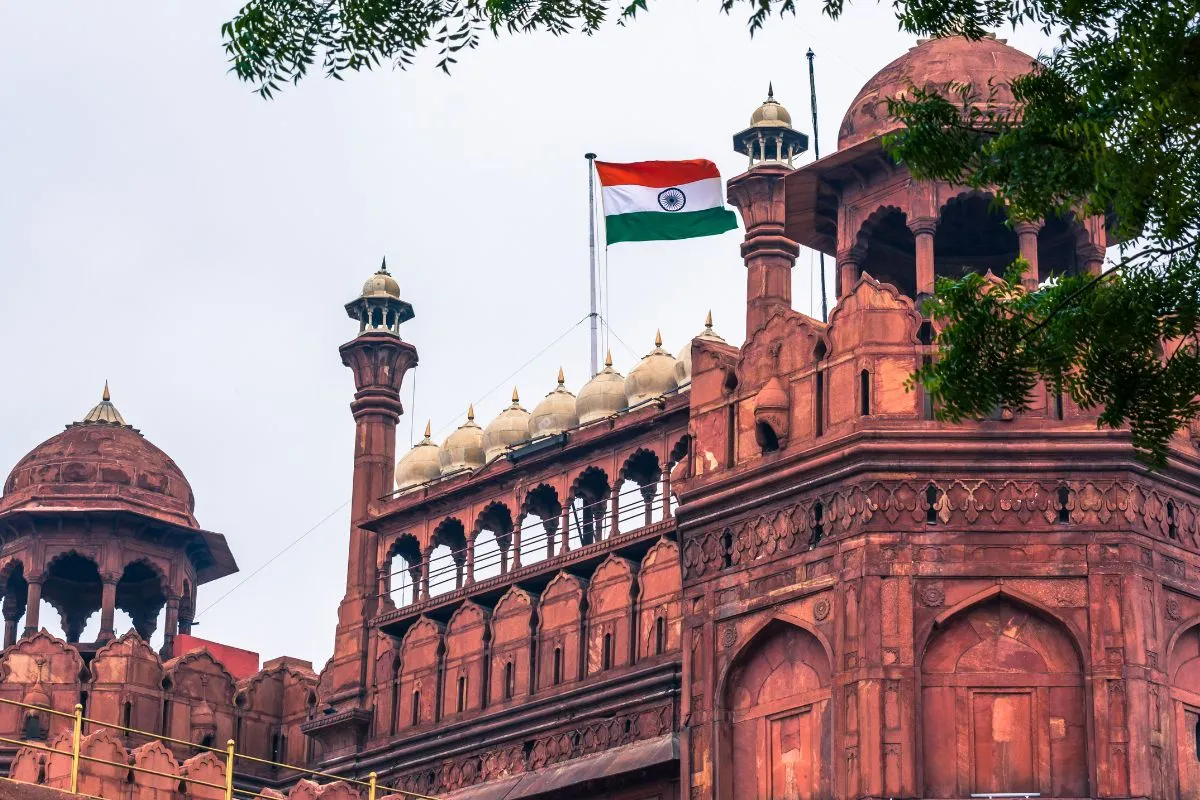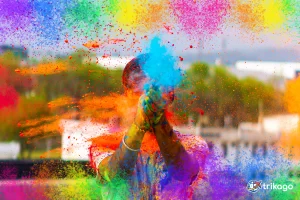Nestled in the heart of Delhi, the Red Fort stands as a testament to India’s rich history and cultural magnificence. Known as ‘Lal Qila’ in Hindi, this majestic fortress not only symbolizes the nation’s storied past but also its resilient spirit. Constructed by Mughal Emperor Shah Jahan in 1639, the Red Fort’s red sandstone walls have witnessed centuries of history, from the zenith of the Mughal Empire to the rise of modern India. It’s not just a fort; it’s a chronicle of India itself, encapsulating the amalgamation of Persian, Timurid, and Indian architectural styles. Recognized for its historical and cultural significance, the Red Fort proudly stands as a UNESCO World Heritage Site, drawing visitors from around the globe who seek to experience a piece of India’s soul.
The Majestic Red Fort
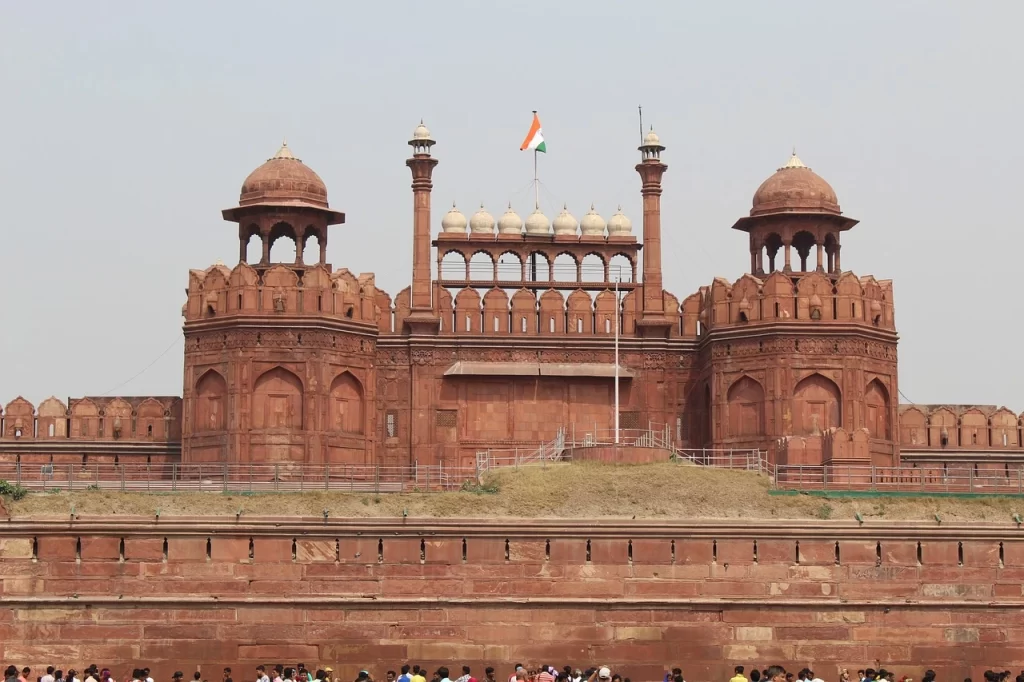
As you approach the colossal gates of the Red Fort, you’re greeted by an aura of ancient majesty. The fort’s architecture is a marvel, showcasing the pinnacle of Mughal creativity under Shah Jahan’s reign. Its extensive walls, stretching over two kilometers, once stood as a formidable barrier against invaders. Within these walls lie a complex of buildings, each telling a unique story. The Diwan-i-Aam, or the Hall of Public Audience, features a magnificent throne balcony where the emperor would address his subjects. The intricacies of its architectural design reflect the blend of Indian craftsmanship with Persian artistry. Adjacent to it is the Diwan-i-Khaas, a hall of private audience, adorned with exquisite marble inlays and floral motifs, where the emperor met with distinguished guests.
In sharp contrast to the public grandeur of the Diwan-i-Aam is the Diwan-i-Khaas, an emblem of royal luxury and private discussions. Here, the emperor entertained the nobility and foreign dignitaries amidst an ambience of opulent marble and gold. Not far away is the Moti Masjid, or the Pearl Mosque, a serene sanctuary added by Aurangzeb. Its pristine white marble facade stands out against the fort’s predominant red, offering a moment of tranquility amidst the echoes of history.
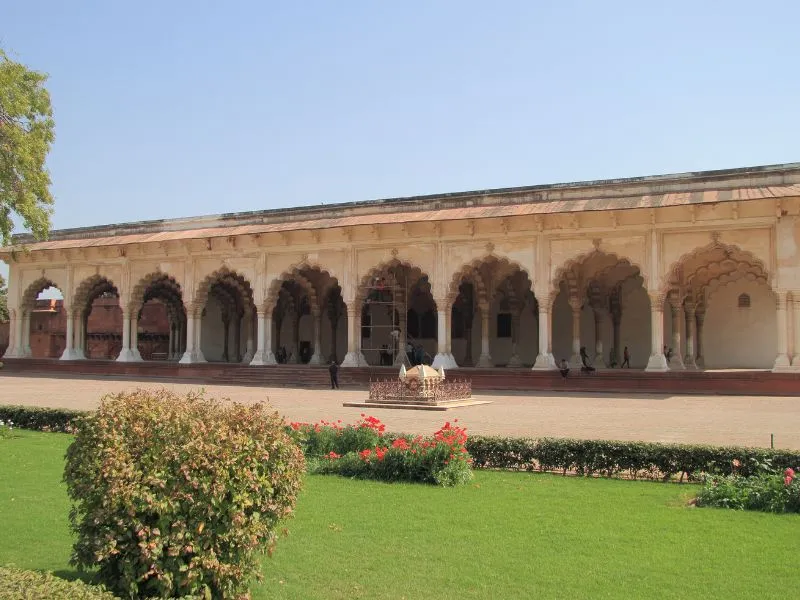
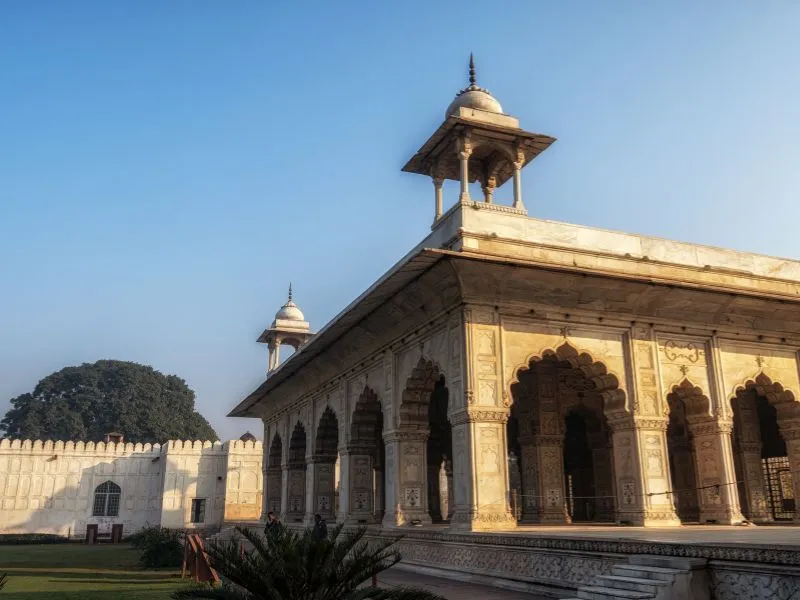
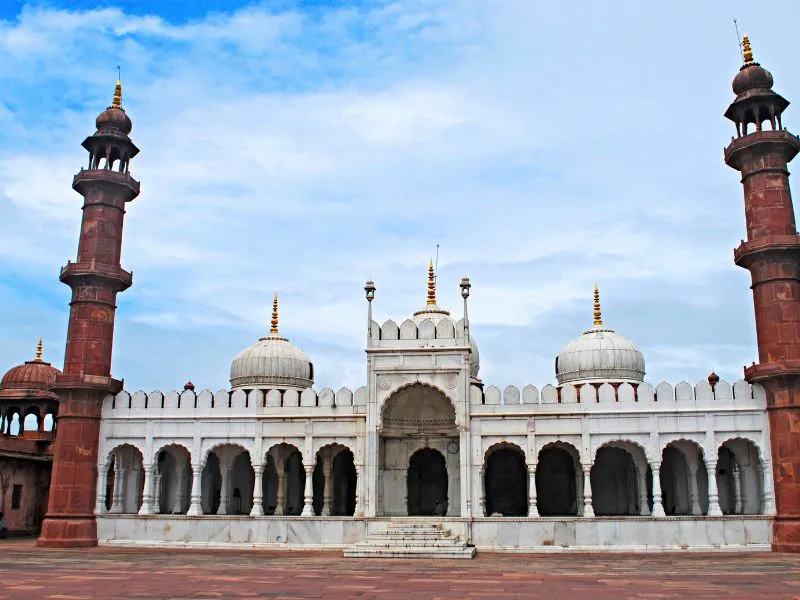
Tourist Places Near Red Fort
Chandni Chowk
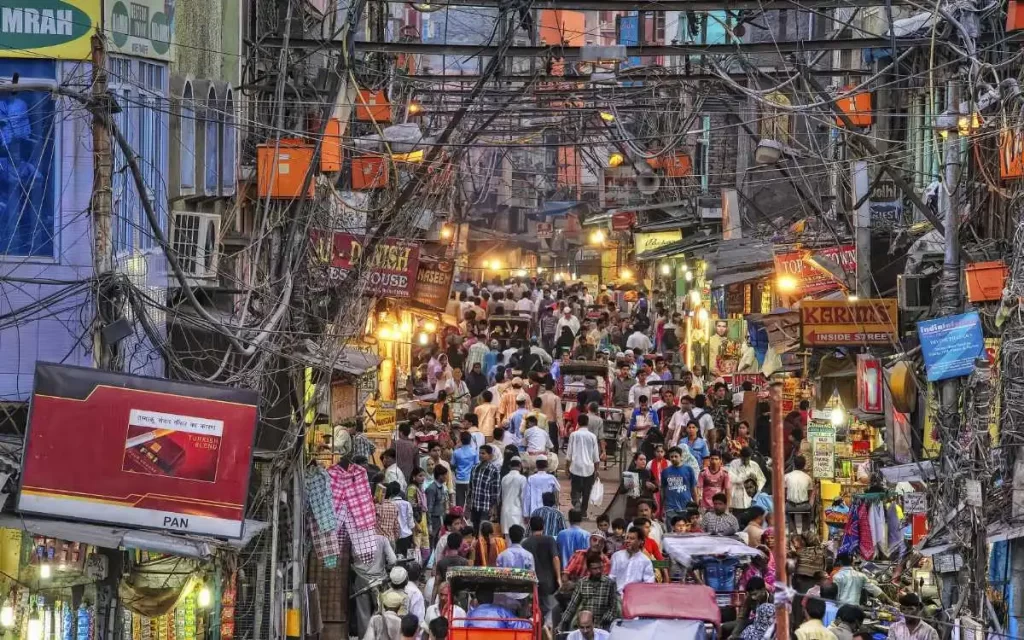
A visit to the Red Fort is incomplete without exploring the vibrant surroundings that echo the pulse of Old Delhi. A short walk from the fort leads you to the bustling lanes of Chandni Chowk. This market, one of the oldest in India, is a chaotic, kaleidoscopic mix of history and commerce. Established in the 17th century by Shah Jahan, it presents a fascinating blend of the old and the new. From the aroma of freshly prepared street food to the vivid array of clothing, electronics, and jewelry, Chandni Chowk is an experience in itself. It’s divided into several sections, each renowned for specific items – be it Nai Sadak’s bookstores, Dariba Kalan’s exquisite jewelry, or Kinari Bazar’s wedding shopping delights. Amidst this, don’t miss the culinary offerings like the legendary parathas of Paranthe Wali Gali and the sweet indulgences of jalebis and falooda.

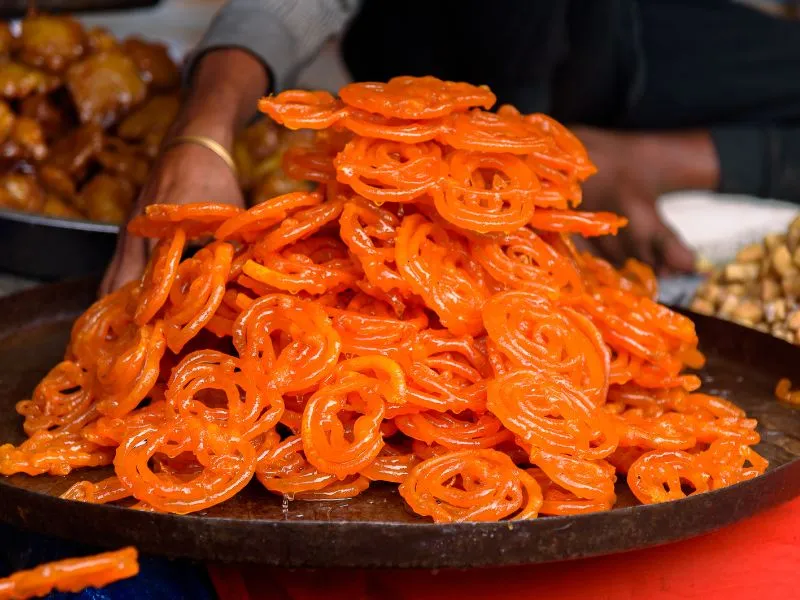

Museum of Archaeology
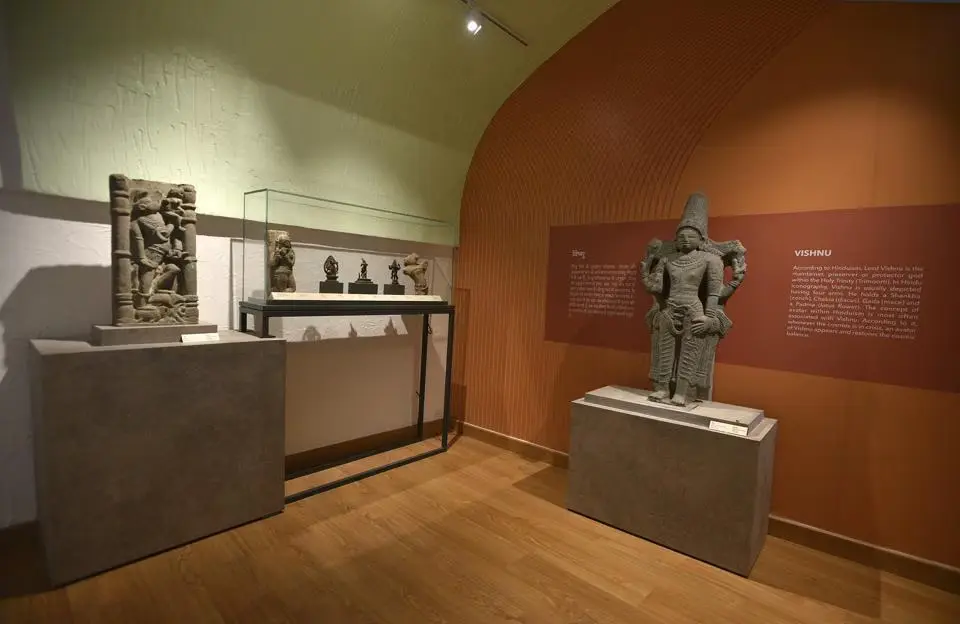
Just a stroll away, the Museum of Archaeology at Purana Qila offers a glimpse into Delhi’s ancient past. Exhibits unearthed from the fort’s own grounds tell the story of civilizations that thrived here over millennia. The museum showcases a range of artifacts from different periods, including the Mauryan, Mughal, and Gupta empires, making it a must-visit for history enthusiasts.
Jama Masjid Delhi
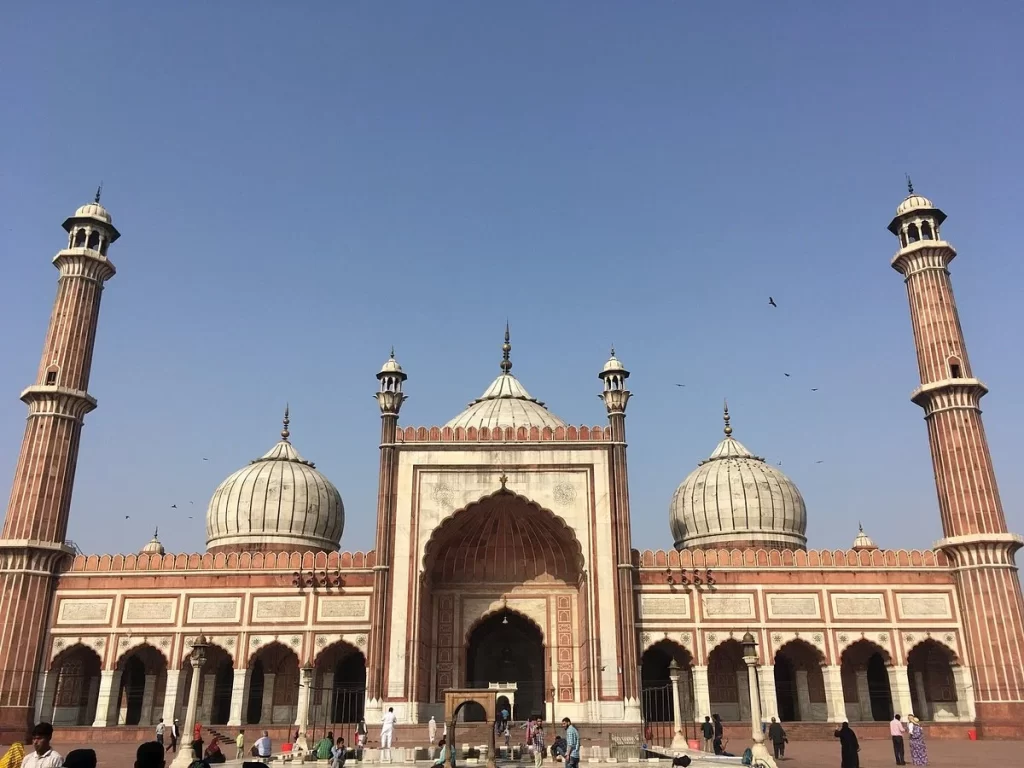
Another gem in the vicinity is the Jama Masjid, one of the largest mosques in India. This architectural marvel, also built by Shah Jahan, stands out with its massive courtyard, capable of holding twenty-five thousand worshippers. The mosque’s design is a splendid example of Mughal architecture, with its impressive domes and towering minarets. Non-Muslim visitors should note the visiting hours and dress conservatively. The area around Jama Masjid, especially during Ramadan, comes alive with a festive atmosphere, with streets lined with food stalls offering an array of delicious traditional dishes. For food lovers, a visit to nearby eateries like Karim’s is highly recommended for a taste of authentic Mughal cuisine.
These nearby attractions, each with its unique charm and history, enrich the experience of visiting the Red Fort. They offer a deep dive into the cultural, historical, and culinary wealth of Old Delhi, making them essential stops for any traveler seeking to fully experience the heart and soul of this ancient city.
Practical Information for Travelers
The best time to visit the Red Fort is from September to March, when the weather is pleasant. The fort is open from Tuesday to Sunday, and there’s a small entry fee. Guided tours are available for a more insightful experience. As for accommodations, Delhi offers a range of options, from luxury hotels to budget stays, all within close proximity to the fort. Efficient metro services and ample taxis make transportation a breeze, ensuring a comfortable journey through the city’s historic lanes. Additionally, the fort hosts a mesmerizing Light and Sound Show every evening (except Mondays), which is a highlight not to be missed. Remember to dress conservatively, especially when visiting religious sites, and always stay hydrated in the bustling streets of Old Delhi.
Conclusion
In conclusion, the Red Fort in Delhi is not just a monument but a living narrative of India’s majestic past. From its architectural splendor to the immersive Light and Sound Show, it offers visitors a unique glimpse into the rich tapestry of Indian history. Coupled with the surrounding attractions of Chandni Chowk, Jama Masjid, and the Museum of Archaeology, a visit to the Red Fort becomes a journey through the cultural and historical heart of Delhi. Whether you’re a history buff, a culinary enthusiast, or simply a traveler in search of new experiences, the Red Fort and its environs promise a memorable adventure. Check out the other articles on our website for detailed accommodation information.

